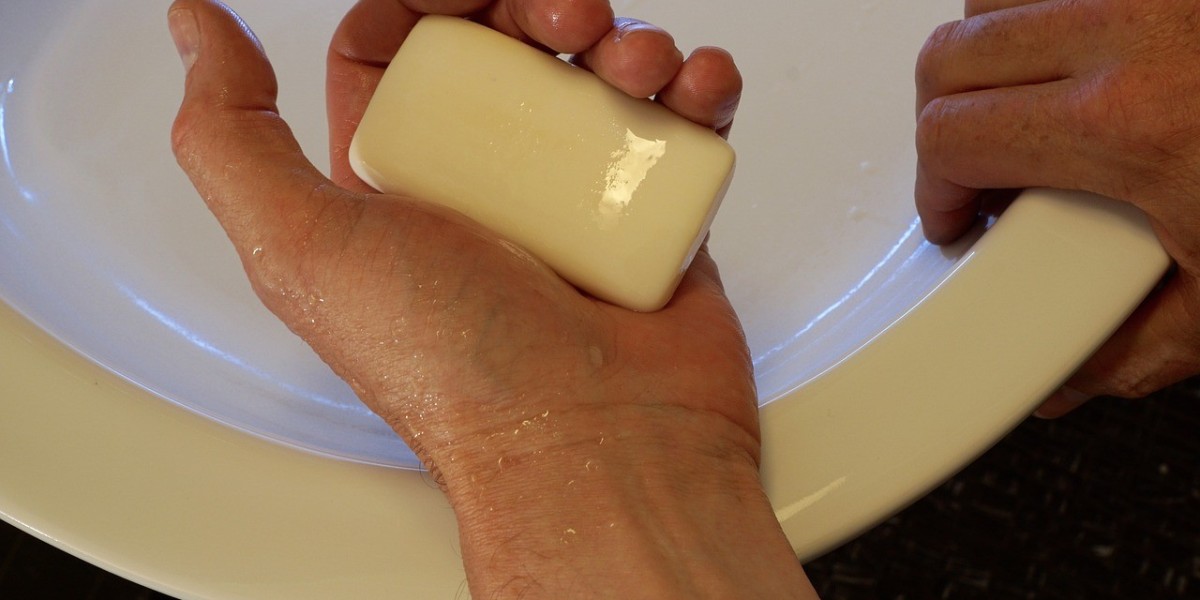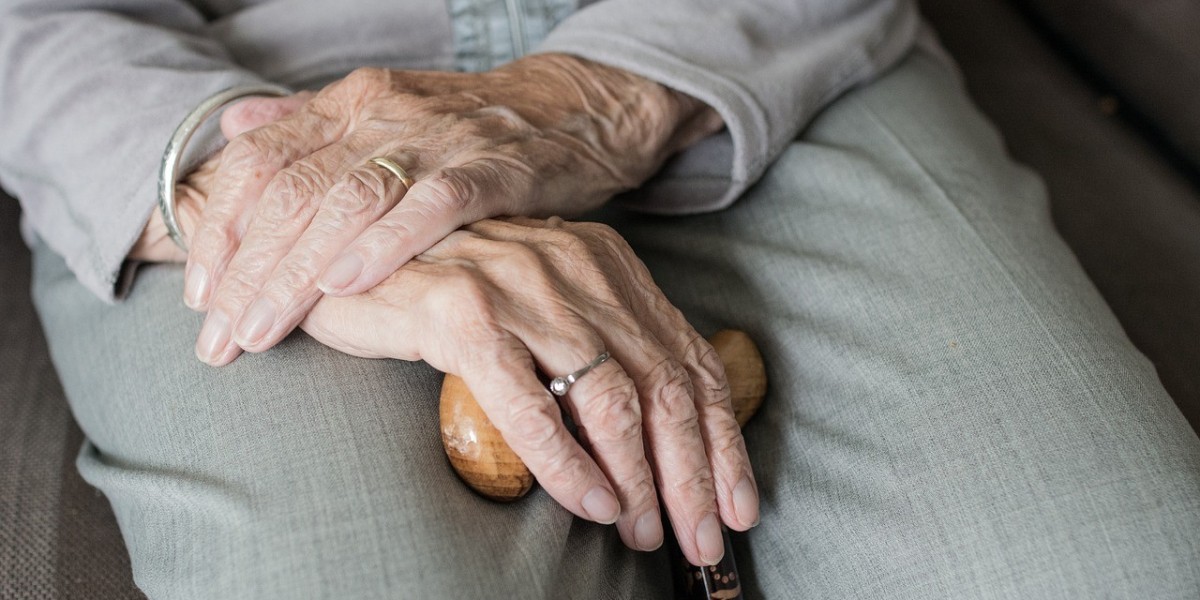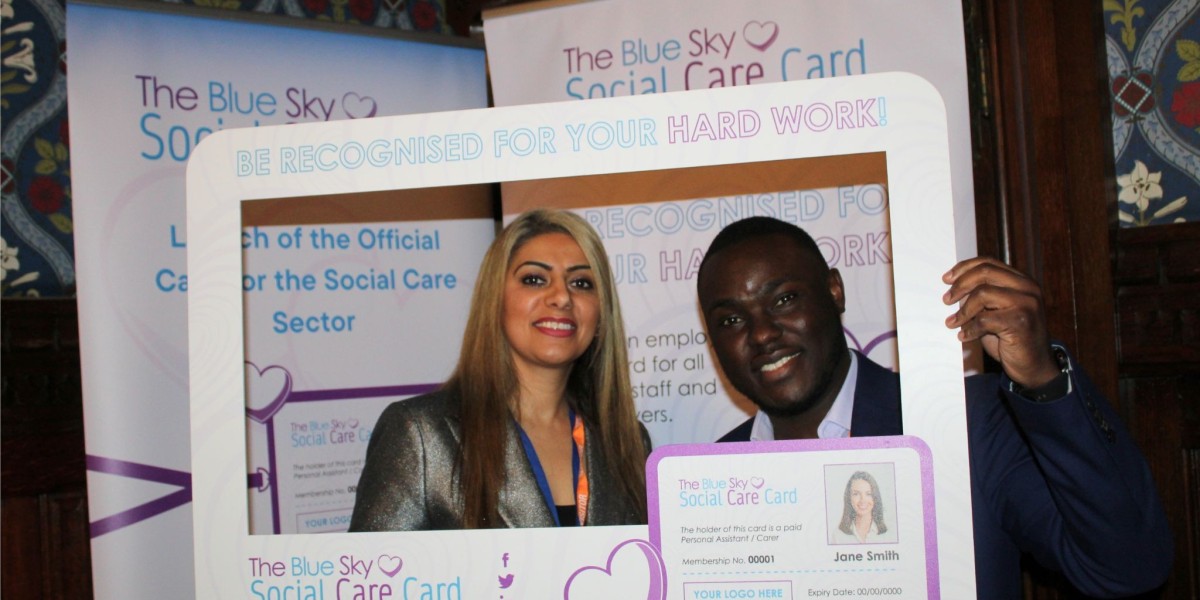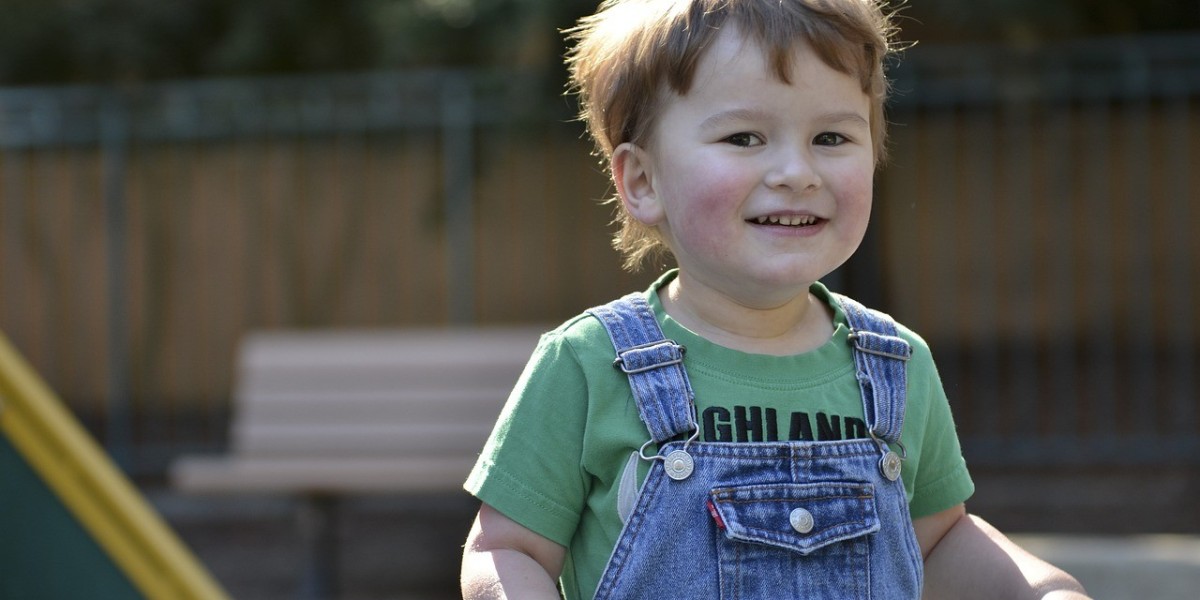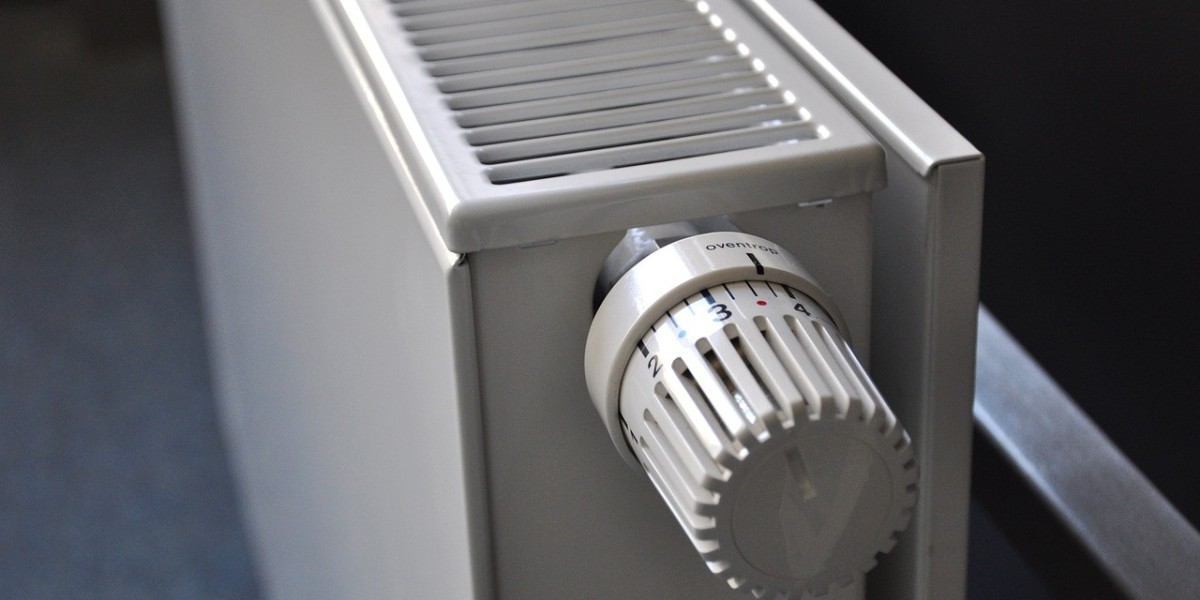Caring for someone with dementia comes with many challenges, but one of the more unexpected and distressing behaviours can be when a person begins eating or attempting to eat things that aren’t food — such as paper, clothing, soil, or soap. This behaviour, known as Pica, can be alarming and confusing for carers and family members, but it’s more common than you might think in people living with dementia.
If you’re caring for someone who has started putting strange objects in their mouth or attempting to eat inedible items, you’re not alone — and there are steps you can take to understand and manage this behaviour.
What is Pica?
Pica is a condition that causes people to eat non-food items. While it’s most often associated with developmental disorders or pregnancy, it can also occur in people with dementia, particularly in the mid to later stages of the condition.
In dementia, Pica may include eating:
· Paper or tissues
· Fabric or clothing
· Soil or plants
· Soap or cleaning products
· Cigarette butts
· Small household objects (buttons, batteries, etc.)
Not only can this behaviour be distressing for carers, it can also be dangerous for the person affected, potentially leading to choking, poisoning, or bowel blockages.
Why Does Pica Happen in Dementia?
There are several possible reasons someone with dementia might start eating non-food items:
· Confusion or misinterpretation – Dementia can cause the brain to misidentify objects. For example, someone may mistake a sponge for a piece of cake or tissue for a sweet.
· Memory problems – A person may forget they’ve already eaten or forget what is safe to eat.
· Sensory stimulation – The feel or texture of a non-food item may bring comfort or satisfaction.
· Pain or discomfort – Mouth pain, hunger, or thirst may lead to putting things in the mouth as a form of self-soothing.
· Boredom or frustration – When someone is under-stimulated, they may engage in repetitive or unusual behaviours.
· Nutritional deficiencies – In rare cases, low levels of iron or other nutrients may trigger cravings for unusual substances.
How Can You Help Someone with Pica and Dementia?
If your loved one is displaying signs of Pica, try not to panic. There are practical ways to reduce risk and support them with compassion.
1. Seek Medical Advice
First and foremost, speak to their GP or dementia care team. A doctor may want to rule out any nutritional deficiencies or underlying health issues that could be contributing to the behaviour.
2. Keep Unsafe Items Out of Reach
Remove or secure items that could be dangerous if ingested, such as batteries, cleaning products, or small objects.
· Store tissues, cosmetics, and other tempting non-food items in cupboards or drawers.
· Ensure houseplants are non-toxic and kept out of reach.
· Be aware of choking hazards like buttons or coins.
3. Create a Safe and Stimulating Environment
Boredom can be a factor in Pica, so try offering alternative forms of sensory stimulation:
· Soft-textured or chewable items like sensory sponges or chew-safe jewellery
· Handheld fidget toys or activity blankets
· Tactile fabrics and comforting textures
· Simple activities like folding towels, colouring, or sorting objects
4. Monitor Food and Drink Intake
Make sure your loved one is eating regular, nutritious meals and staying well hydrated throughout the day.
Sometimes people turn to non-food items because they feel hungry or thirsty but can’t express it. Try offering:
· Frequent small snacks
· Smoothies or nutrient-rich drinks
· Finger foods they can eat easily without cutlery
5. Stay Calm and Compassionate
It’s natural to feel upset or worried if your loved one tries to eat something inedible, but try to respond in a calm, reassuring tone.
Avoid scolding or drawing too much attention to the behaviour, as this can cause distress or make them feel ashamed. Instead, gently redirect them to a safe snack or activity.
